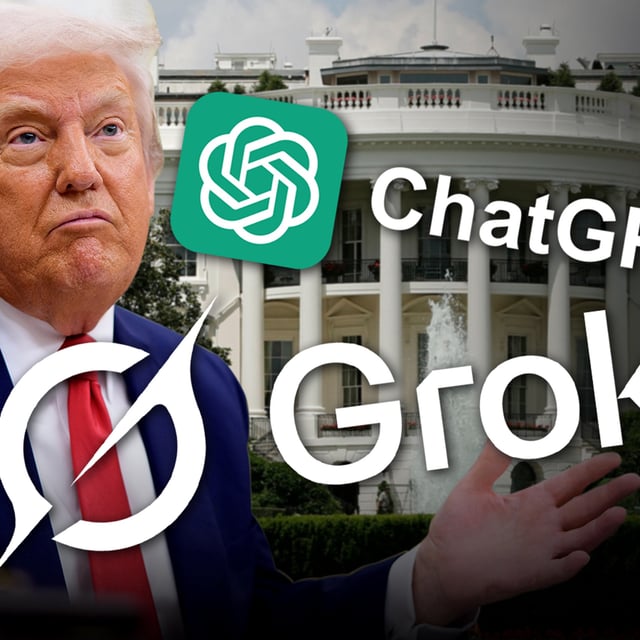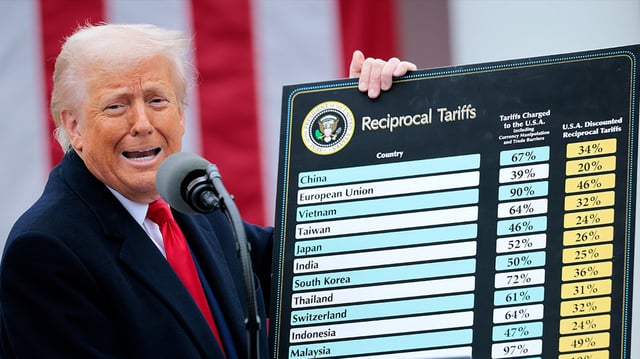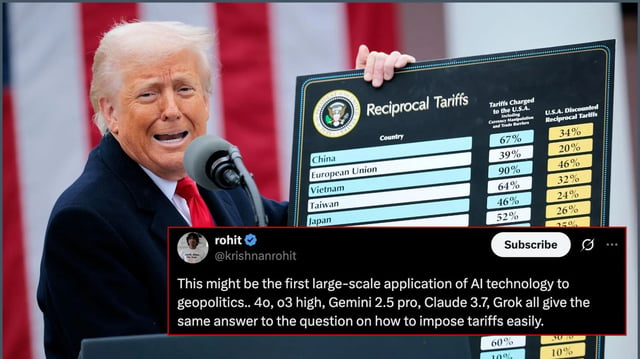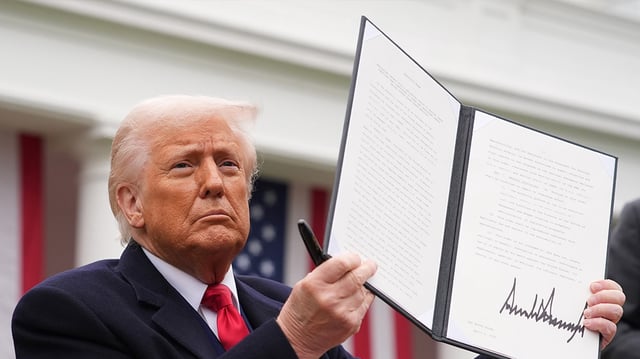Overview
- The Trump administration announced reciprocal tariffs ranging from 10% to 49% on goods from nearly 100 countries, citing trade deficits and domestic manufacturing goals.
- The formula used to calculate the tariffs, dividing trade deficits by total imports and halving the result, has been criticized for oversimplifying complex trade dynamics.
- Speculation has emerged that the formula may have been generated using AI tools like ChatGPT, as similar outputs were produced by large language models when prompted with basic trade deficit calculations.
- The administration has denied using AI to devise the tariffs and published its formula, but questions persist due to the inclusion of uninhabited territories and internet domain-based categorizations.
- Officials have framed the tariffs as a starting point for negotiations, suggesting rates could evolve through bilateral agreements, with countries encouraged to strike deals quickly.



